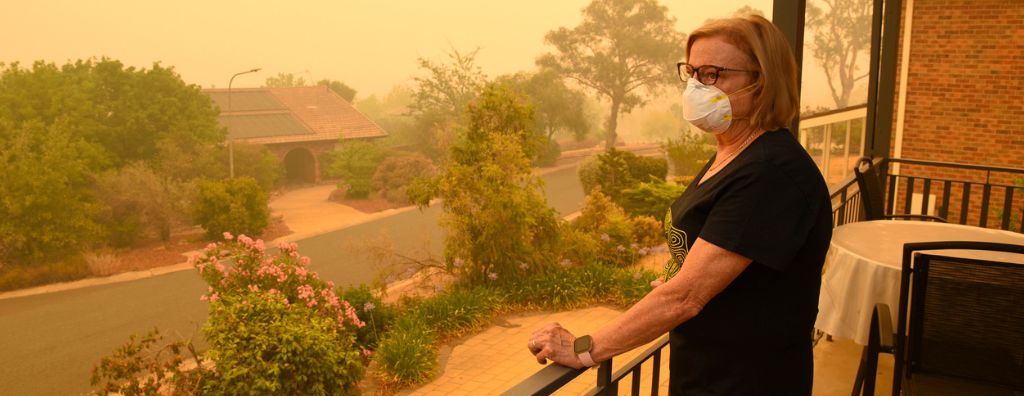Wildfires cause chaos for homeowners. Though they are destructive, with the right preparation, you can ensure that you and your household have a plan in case of an emergency. Many homeowners insurance policies cover damage caused by wildfires, but check with your insurance agent to make sure. The following tips are meant to inform your household’s wildfire evacuation protocol, whatever your evacuation timeline may be.
Wildfire Preparation: Immediate Evacuation
Evacuation orders come from local law enforcement agencies, but if you have not received an official evacuation notice and feel threatened by wildfires in your area, do not hesitate to leave. Take only essential vehicles on the road, this will minimize traffic and reduce the chance of gridlock when evacuating the area. Keep the windows rolled up to avoid inhaling smoke and tune into local radio for updates as you head toward safer ground. Don’t forget your masks and remember to bring the six P’s:
- People and pets
- Phones and personal computer
- Chargers, any additional computer hardware
- Papers and important documents
- Birth certificates, passports, insurance, legal documents
- Prescriptions
- Medication, eyeglasses, contacts
- Pictures and irreplaceable keepsakes
- Payment (credit & debit cards, bank cards, cash)
It helps to have a “go bag” or portable kit packed ahead of time if and when a wildfire breaks out. In it, you’ll want to keep a list of essential items in case you’re away from your home for a while. Include the following items in your go bag:
- Face masks or coverings
- Extra clothing
- First aid kit
- Toiletries
- Tools
- Flashlight
- Batteries
- Sanitation supplies
- Copies of important documents
- Three-day supply of food and water
Wildfire Evacuation Preparation
If you live in an area that is not being evacuated, there are steps you can take now to prepare your home and family, if and when the time comes. These tasks can help to discourage fires from spreading closer to your home and hopefully salvage some household items.
- Create a “defensible space” by clearing your home’s surroundings of brush and vegetation
- Turn off sprinklers and main gas lines
- Clean out roof and gutters
- Move furniture away from windows toward the center of the room
- Remove flammable household items
- Prepare your emergency kit
- Include essential items listed above
For more information about wildfires and indoor air quality, visit the Environmental Protection Agency (EPA) website. Be sure to check your local news and emergency alert radio stations and social media profiles for the most up-to-date information and helpful resources.
Wildfires are unpredictable. Knowing what to do both in preparation for and during an emergency evacuation will have your household prepared in the event that a wildfire spreads to your area, neighborhood, or home.
Featured Image Source: Getty Images – Image Credit: Daniiielc
 Facebook
Facebook
 X
X
 Pinterest
Pinterest
 Copy Link
Copy Link
